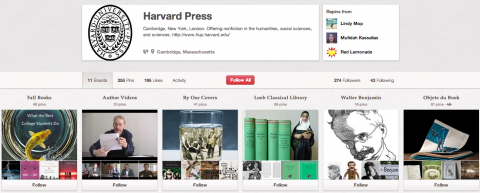The “Politehnica” University of Timisoara, Romania, an engineering school established in 1920, takes its motto from Ferdinand I: “It’s not the walls that make a school, but the spirit living inside.” While the walls of “Politehnica” are as stately as anyone could ask for, what’s inside, according to the short documentary above, is also pretty spiffy—the spirit of computing history, Romanian style. With a score that sounds a little like an outtake from Logan’s Run, this video gives us a tour of the university’s Museum of Information Technology and Communications, opened November 16, 2001.
We meet a number of ancient machines, many of which were responsible for designing buildings and hydroelectric dams and some of which still function. There’s the Mecipt 1, a massive 1961 mainframe system covered in dials, switches, and routing systems and looking somewhat more industrial than the machines built by Fairchild and IBM at the same time. Next comes Mecipt 2 in 1963, which was in operation for sixteen years and did much of the building design. The microcomputers TIMS and MS-100 resemble the original business machines made in the sixties by companies like Hewlett-Packard and Data General Corp. Overall, the short doc takes us through the experimental course of Romanian computing from 1961 to 1989. The reader who brought this to our attention points out that there’s little material out there on Romanian computer engineering. This short doc offers a rare look at a very little-known and fascinating history.
h/t Alin
Related Content:
“They Were There” — Errol Morris Finally Directs a Film for IBM
How Film Was Made: A Kodak Nostalgia Moment
Josh Jones is a doctoral candidate in English at Fordham University and a co-founder and former managing editor of Guernica / A Magazine of Arts and Politics.



